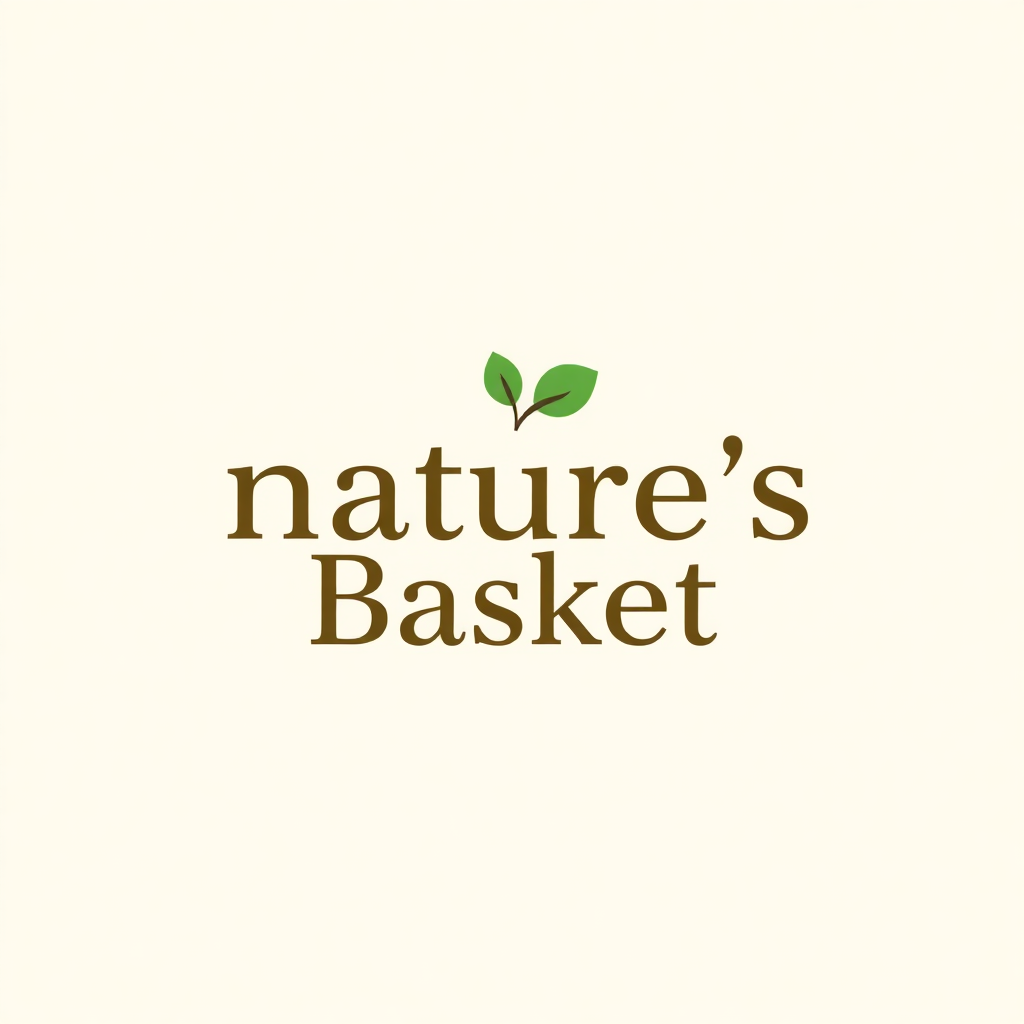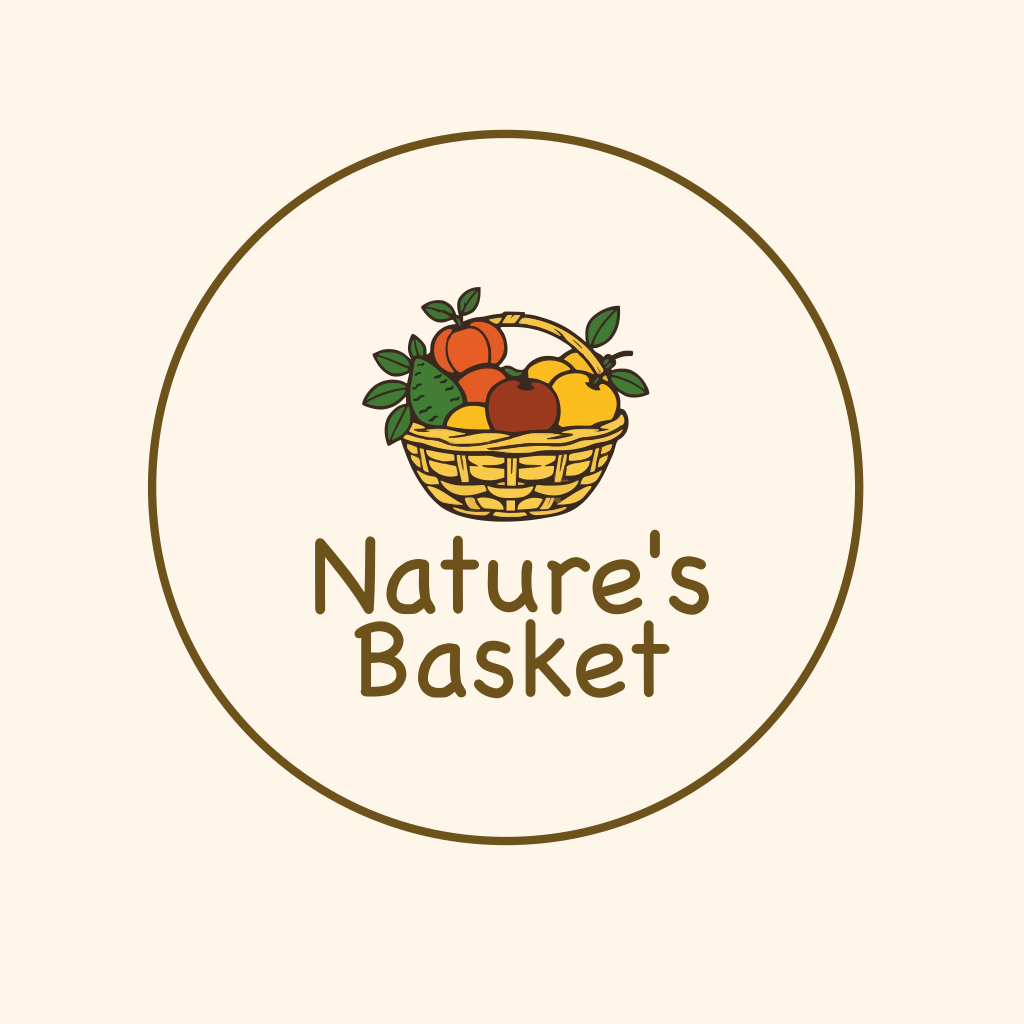AI-Enhanced Logo Design Workflow Guide
This guide explores how to combine AI tools with traditional vector graphics editors like Inkscape to create professional logos. We'll focus on a practical example: designing a logo for an organic grocery store.
Introduction to AI Tools
Modern logo design can be enhanced by combining these AI tools with traditional vector editors:
- AI Art Generator: Creates initial concepts from text descriptions
- AI Vectorizer: Converts raster images to scalable vector graphics
These tools complement (not replace) traditional design workflows by:
- Speeding up the ideation process
- Offering creative variations
- Handling complex graphical elements
- Allowing precise control when needed
Practical Example: Organic Grocery Store Logo
Let's explore two approaches to creating a logo that combines text ("Nature's Basket") with organic visual elements.
Approach 1: AI Art Generator with Text
Overview: Generate the complete logo using AI, then refine in Inkscape.
Steps:
- Generate Initial Concept
Prompt: "Create a minimalist logo for an organic grocery store named 'Nature's Basket'.
Include subtle leaf or basket elements. Use green and brown earth tones.
Text should be clear and readable."

-
Vectorize the Result
- Use AI Vectorizer to convert the generated image
- Import into Inkscape for refinement
-
Refinement in Inkscape
- Adjust colors and spacing
- Clean up vector paths
- Ensure text clarity
- Export in required formats
Pros:
- Quick iteration cycle
- Multiple variations in minutes
Cons:
- Text quality may be inconsistent
- May need multiple generations
- Little control over typography
- Brand fonts may be difficult to incorporate
Approach 2: Separate Graphic and Text Elements
Overview: Generate only the graphic elements with AI, then combine with custom typography in Inkscape.
Essential Steps:
-
Generate Graphic Elements
Prompt: "Create minimalist graphic elements of a basket of fruits suitable for logo design.
Use green and brown earth tones. The image should not have any texts." -
Optional: Enhance Image Quality
- Use AI Upscaler to increase resolution (2x or 4x)
- This step helps preserve details during vectorization
- Choose "Artwork" or "Illustration" mode if available
- Save the upscaled image in PNG format
-
Vectorize the Artwork
- Use AI Vectorizer with "Filter Speckle" set to 8
- This setting helps clean up the vector while preserving important details
- Download the vectorized image in SVG format
-
Basic Composition in Inkscape
- Import the vectorized graphic
- Add text "Nature's Basket" using desired brand font
- Use color picker tool in Inkscape to sample colors from the AI art
- Adjust composition and spacing

- Advanced Composition Techniques (Optional)
-
Text on Path:
- Create a curved path using the Bezier tool
- Select text and path
- Use Text > Put on Path to create flowing text
- Adjust path shape and text spacing for desired effect
-
Clip Path for Creative Layouts:
- Create or import a shape to use as a mask
- Position the graphic elements
- Select both shape and elements
- Use Object > Clip > Set to mask the content
- Useful for containing elements within specific shapes
-
Text Integration Ideas:
- Wrap text around circular paths for badge-style logos
- Use multiple text paths for layered effects
- Create text boundaries that follow graphic elements
- Apply perspective effects to text using power stroke
-
Pros:
- Complete control over typography
- Easier brand font integration
- Clean, professional results
- More flexible for different use cases
- Enhanced detail retention through upscaling
- Creative composition possibilities
Cons:
- Requires more manual composition
- May take longer than Approach 1
- Need typography expertise
- Advanced Inkscape techniques require practice
Best Practices
-
Color Consistency
- Use color picker to maintain palette consistency
- Save brand colors in Inkscape swatches
- Consider color variations (dark/light backgrounds)
-
Typography Guidelines
- Choose readable fonts at small sizes
- Consider font licensing for commercial use
- Create both horizontal and stacked versions
-
Export Specifications
- Save master file in SVG format
- Export PNG in multiple sizes
- Create monochrome version
- Prepare favicon-sized variant
Common Pitfalls to Avoid
- Don't rely solely on AI-generated text
- Ensure proper vector cleanup
- Test logo at different sizes
- Maintain appropriate clear space
- Check color contrast ratios
Remember that AI tools are aids in the creative process. The final design should always be refined and validated against brand requirements and design principles.